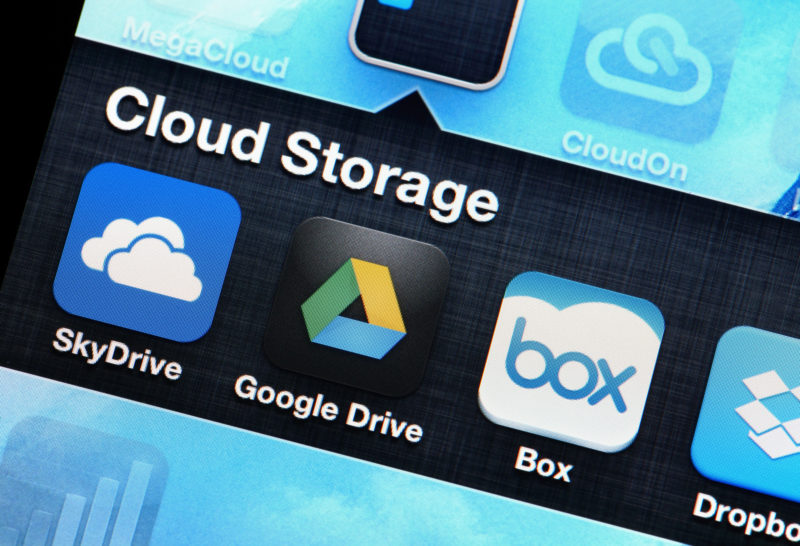If I Uninstall Steam, What happens to my Saves?
So, the old lady is making you choose between her and video games, or it’s time for you to get some space cleared up for your non-gaming projects.
Whatever the case may be, I won’t judge you. We’ve all had times where we needed to get rid of Steam, at least for a little while.
So, to answer your question “If I uninstall steam, what happens to my saves?”. Unfortunately, if you uninstall Steam, you will lose all your game files, downloaded workshop mods, and local saves. On the flip side, if you’ve allowed Steam to default to cloud saves, then you’ll always have saves linked to your account.
In today’s article – sponsored by Epic games – we are going to talk about
- How to uninstall Steam?
- How to backup your games?
- How to restore Steam games?
- What is the Steam Cloud?
We’ve got a lot of How-To’s to cover, so let’s dive in.
How to Uninstall Steam
Well, you’re biting the bullet and getting rid of your gaming habit or joining the enemy (Epic Games). If your reason for uninstalling Steam is the latter, good luck to you, you are no friend of mine.
Anyway, there are two ways you can uninstall Steam, using the “normal” method or using the “hacker man” method, which is just deleting the Steam folders and getting rid of its registry. In this guide, we are going to use the normal method.
But before you do, make sure to back up your game files, so it’s easier to get back on to the Steam train, especially after you realize that simping has gotten you nowhere.
Therefore, during the first steps of the guide, I’ll show you one of the most common ways to backup your game files.
Backing up Game Files
- Open up Steam and click on the button on the upper left corner, appropriately titled “Steam.”
- A drop-down menu will open up, and when it does, click on the option to “Backup and Restore Games.”
- A new window will pop up, asking you to select either “backup’ or “restore,” choose “backup currently installed programs,” and click on “Next.”
- After that, you’ll be given the option to pick the games/software you want to back up. Tick all the necessary programs you want to save, and click on “Next.”
- Then, it will ask you to configure the destination of your Backup. You can browse and choose any local destination or even an external hard drive. After that, click on “Next.”
- Then you will have the option to name your backup, and configure the size of each backup file (so you can split up the data to be stored in CD/DVD or any other custom file size)
- Click “Next,” and Steam will set up your backup. When that is over, it’s time to uninstall Steam.
Uninstalling Steam
- First, exit Steam from the system tray icon. Click on the upwards pointing arrowhead icon on the bottom right of your screen (it’s inside the taskbar, next to the Wi-Fi and Sound icons)
- A small window will open up, hover over the Steam icon, and right-click on it.
- After that, click on “Exit,” and the Steam application will exit from the system.
- Now, click on the Start button (I’m sure you know where the start button is) and click on “Settings” (which is the icon that looks like a gear cog)
- After Settings have loaded up, go to “Apps.”
- Scroll down from the list of applications and click on Steam.
- After that, click on Uninstall. Another small window will pop up with the same command. Click on uninstall on that as well.
- Another window will pop up, asking for you to confirm the uninstall, click on “Yes.”
- Steam’s uninstall window will open up. (showing you Steam’s current directory) Click “Uninstall,” and you can finally heave a sigh of relief. “It is done.”
Restoring Previous Backups
If you’ve managed to back up your games using the steps shown in the first guide, then you’ll be able to restore your games and local save files.
- First, follow the first two steps where you opened up the “Backup and Restore” menu.
- This time, choose “Restore a previous backup” and click on next.
- Browse the location where you saved the previous backup and click on “Next.”
- Steam will now restore your game files.
If you want to get free steam keys, you wouldn’t want to miss reading this article.
Setting up Cloud Saves
If you’ve never used Steam cloud before, now is the best time to set it up. Steam cloud links your Steam account to Steam’s cloud storage and backs up save files, game settings, account settings, and other tidbits of information related to your Steam account.
Benefits of Steam Cloud
With Steam cloud set up, you can easily use your Steam account and play video games like Galaxy Heist on another device (provided that this device contains all the necessary game files) with all your current save files and settings.
Steam cloud is going to be essential when you’ve got the Steam Deck, a handheld gaming device similar to the Nintendo Switch. If you want to know is the Nintendo Switch is worth it, we have an article for that.
The Steam Deck is portable, and you can take it and play games on it wherever you are. (anywhere that has Wi-Fi) After playing with the Steam Deck, you can switch to your gaming PC (see also gaming PC under $1500) and pick up where you left off.
Steam cloud makes it possible to use your account on multiple devices. It’s easy to set up, and you don’t have to worry about backing up save files in your local system. All you need is access to the internet, which I’m sure you already have.
How Steam Resolves Conflicts Between Local and Cloud Saves
Most of the time, whenever you are setting up Steam or a new game, you get the option to use Steam’s cloud services. A small window pops up, asking if you want to sync your local savefiles with the cloud.
With cloud saves, Steam doesn’t interfere with the local save files, all it does is upload the more recent files to the cloud and always checks if the local system and the cloud saves are in synchronicity.
So whenever you go offline for a couple of hours while playing a video game, there will be a gap between the “save” files stored locally VS those stored on the Cloud. Steam detects this, and the next time you boot up the game, it asks you to confirm which saves you want to use, either the cloud saves, or the local saves (they even show you, which save is more recent.)
If you choose the local save files – which are the more recent ones – Steam will update its servers with the local save files, so whenever you go offline (even for a little while) you won’t lose your progress. So, with Cloud storage, you get an extra level of reliability for your save files and account settings.
All of this happens in the background and you won’t have to micromanage these cloud settings unless there are connectivity problems and Steam goes offline while you are playing.
If you want to know more, check out Steam’s page on the Steam Cloud
So if you are keen on uninstalling Steam – for whatever reason – it’s best to know about what will happen to your saves and your game files. So let me hammer this point home, adding on top the new information we have just gathered.
If you uninstall Steam, you will lose all of your game files and local saves. So if you want to keep your save files, you can back them up to the Steam Cloud or backup everything (including game files) locally using Steam’s built-in “Backup and Restore Programs” function.
We also have an article here on how to play Xbox games on PC with disc that you might be interested in.
Conclusion
Keeping local backups and backups of backups is a very good practice when it comes to protecting data. Anybody can spend the extra time and money setting up their own backups if they believe that cloud backups are not very reliable or safe. This is all well and good for personal data. However, when it comes to video game save files, backing up progress through Steam’s (or any other video game launcher’s) cloud storage is the better option because it keeps things simple and efficient.
When you purchase through our links, we may earn an affiliate commission at no additional cost to you.

